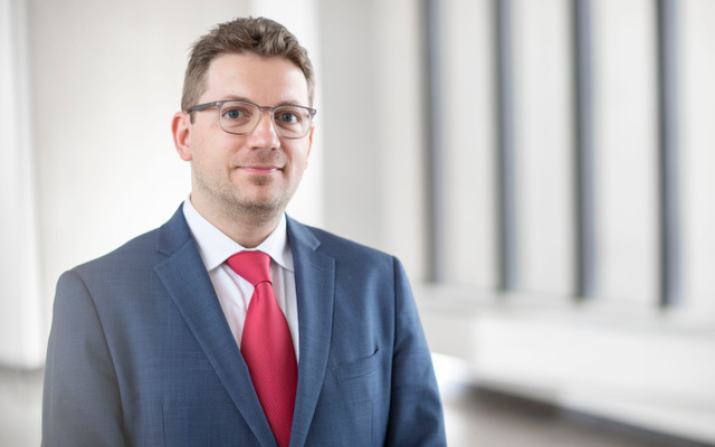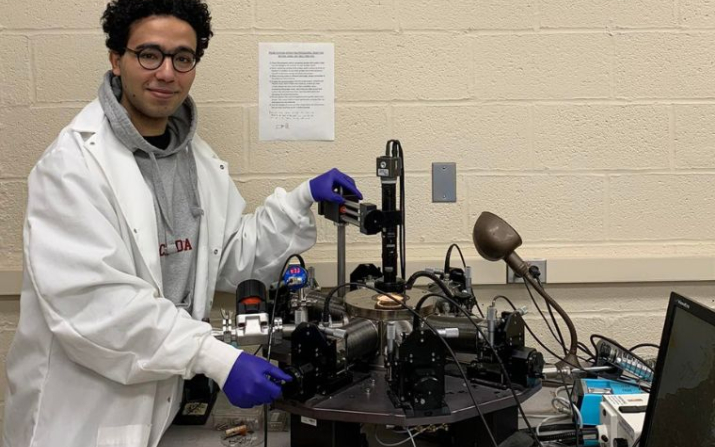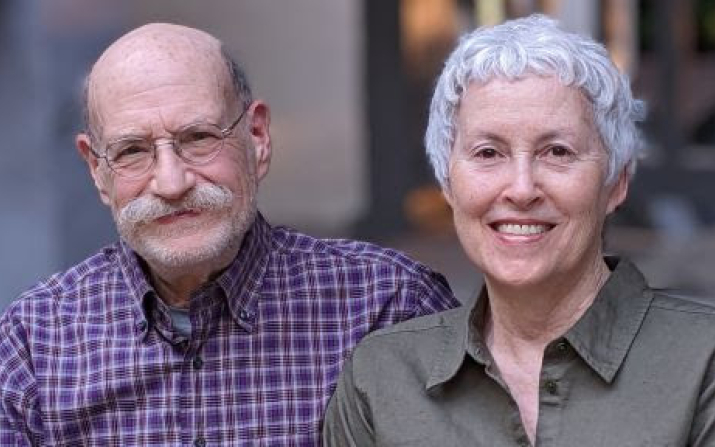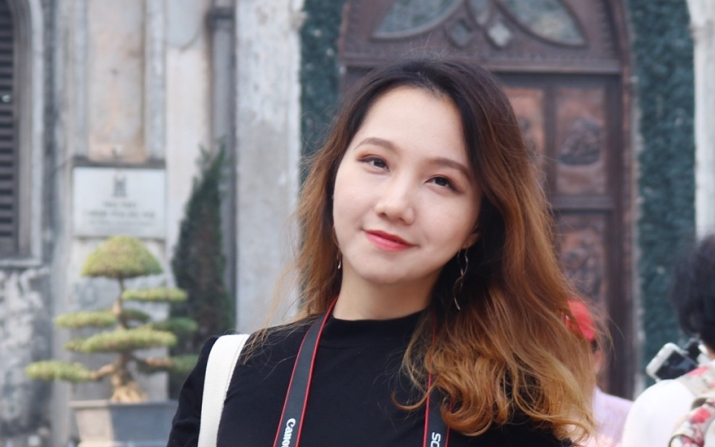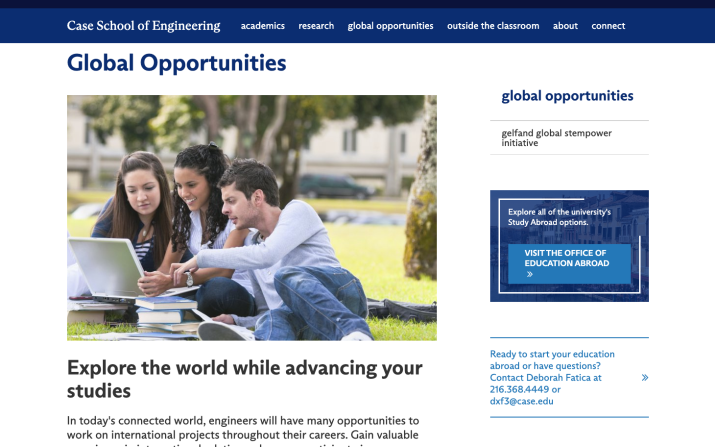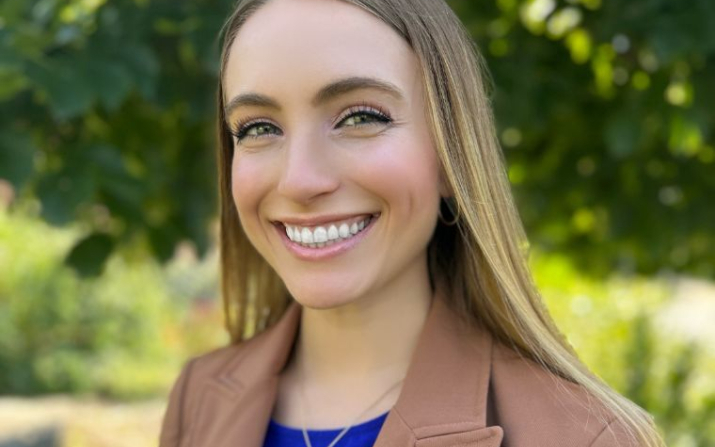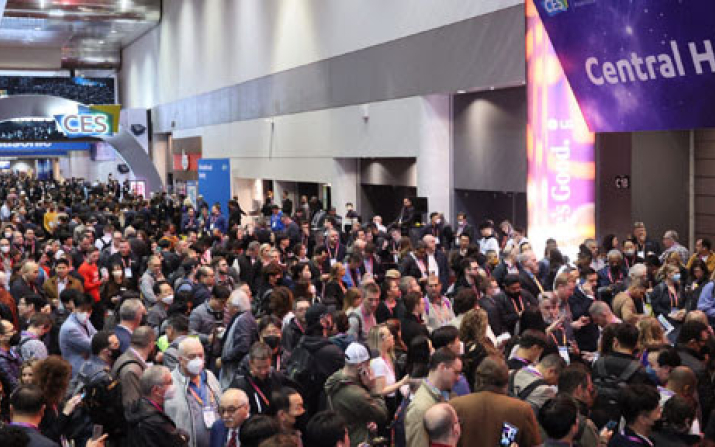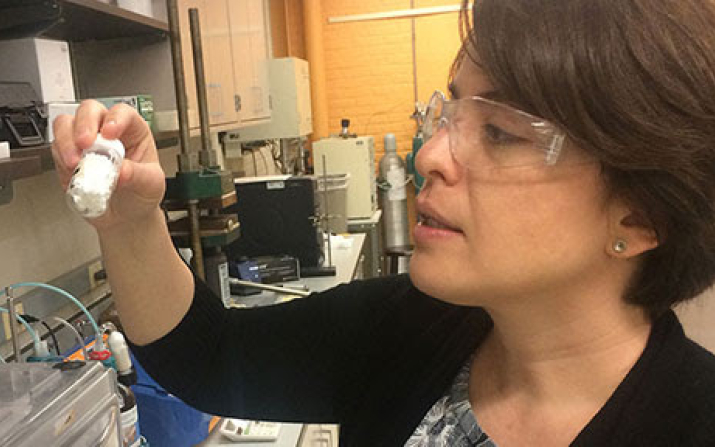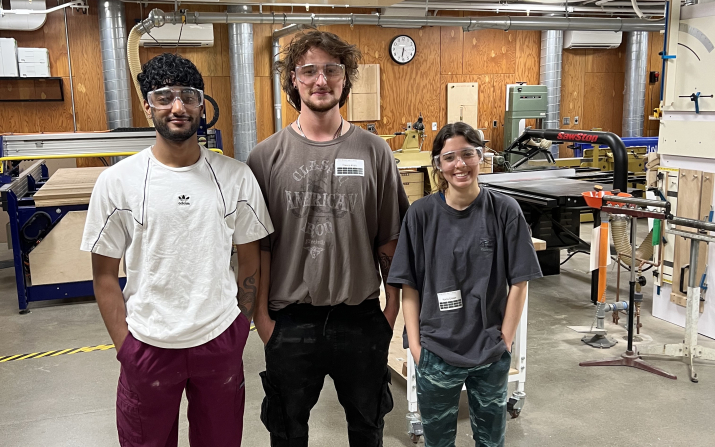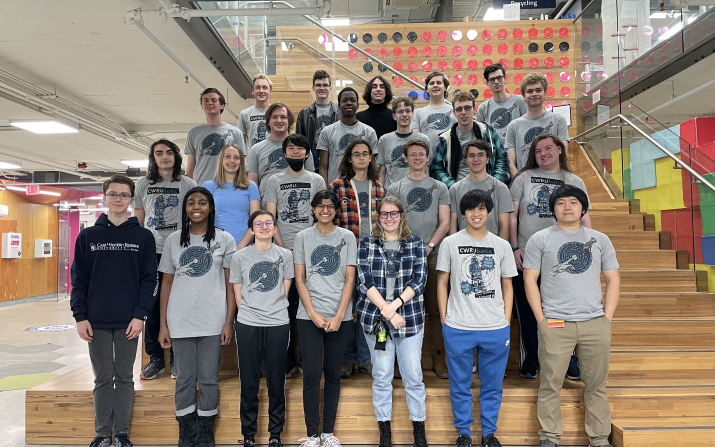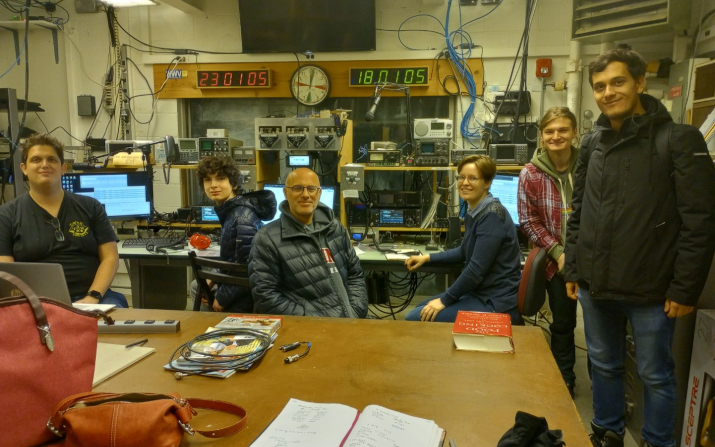Spartan Showcase: Omar Ali
U.S. Department of Energy awards Case Western Reserve University researcher $2M to develop worm-like tool to install underground powerlines
Anonymous donor commits $4.5 million to biomedical engineering research
Alumni couple behind think[box] commits $1 million to Interdisciplinary Science and Engineering Building
New Faculty Spotlight: Hyeji Im
Student Co-Op Spotlight
Spartan Showcase – Sedona Cady
CES 2024: Most-ever inventors from Case Western Reserve to showcase their innovations at Las Vegas exhibition for 11th straight year
Groundbreaking research led by Case Western Reserve University team aims to convert greenhouse gas into valuable products with electricity
Case Western Reserve researchers land $1.1M National Science Foundation grant to advance safer, faster and less expensive medical-imaging technology
Student Co-Op Spotlight: Jackson Smith
Student Organization Spotlight: Medical Technology Group
Student Organization Spotlight: CWRUbotix
Student Organization Spotlight: Case Amateur Radio Club

